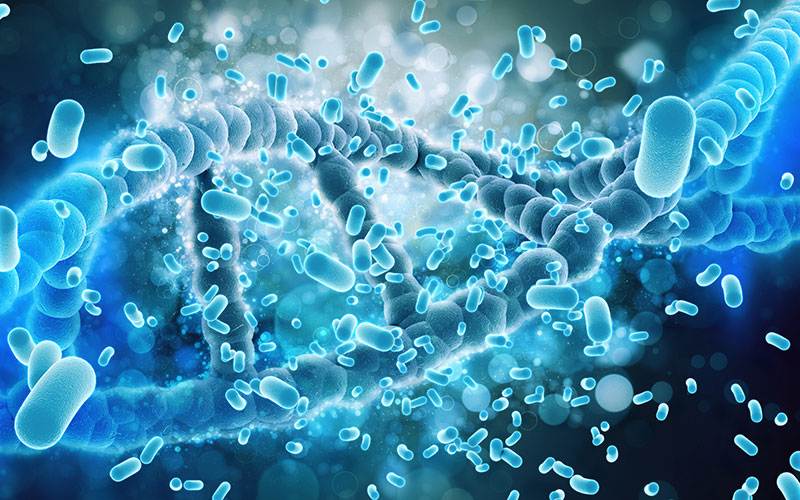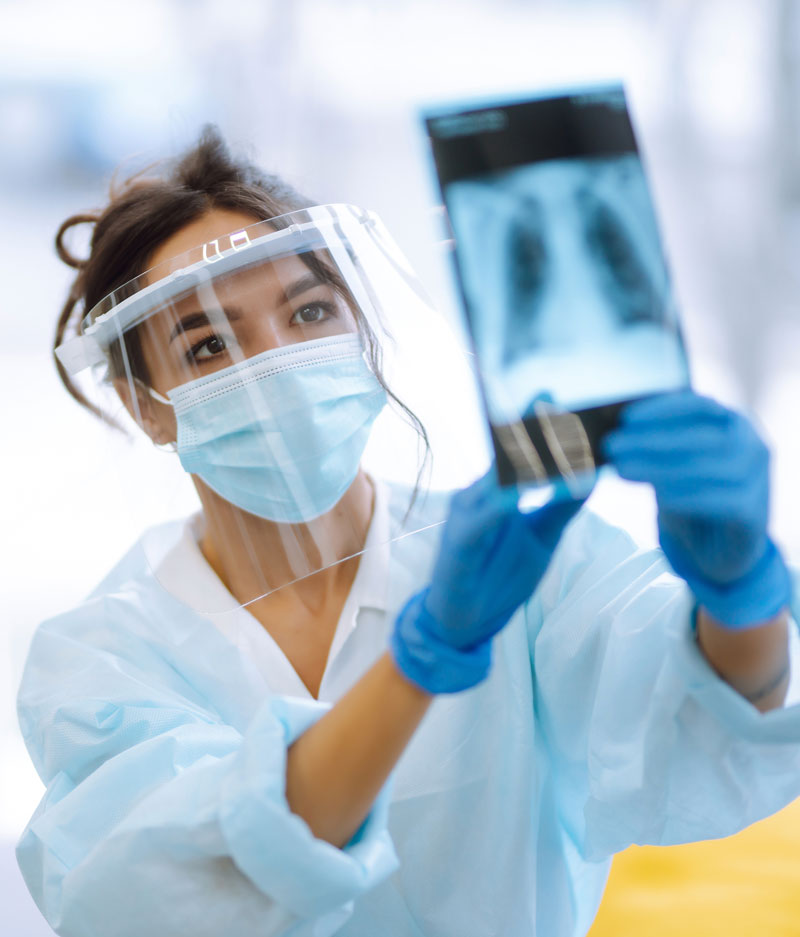Sterilisation – Disinfection Legionella protection
EFFECTIVE DISINFECTION – SAFE PROTECTION AGAINST LEGIONELLA
Our current use of water is characterised by two key behaviours. On the one hand, the last 20 to 30 years have seen a consistent transition to centralised hot water supply, while on the other hand, water is increasingly being used as a resource, e.g. for washing machines, heating systems, etc.
However, water is also a habitat for single-celled organisms, bacteria and fungi, commonly referred to as germs. These germs include a number of pathogens, i.e. germs that cause disease. The disadvantage for humans is that they cannot detect germs or the progression of germ growth with their sensory organs.
When health authorities detect germ infestation, it is usually so advanced that only radical methods can help. The type of germs must be taken into account when deciding which agent or method to use, as well as the materials present in the water-carrying parts of the system.
Germs form biofilms in pipes, which lead a ‘biocenotic life of their own’ and, in some respects, are already regarded as organisms.

Bacteria, such as those that can occur in water-bearing systems – embedded in biofilms and sometimes causing health risks. Photo: kjpargeter | pixabay
STERILISATION AND DISINFECTION PROCEDURES
1. Chemical processes in the drinking water sector
The chemical processes are based on the destructive effect of atomic oxygen on cell walls. This atomic oxygen is obtained through chemical reactions in water. Different types of germs have varying degrees of sensitivity to the individual chemicals used. The use of chemicals in drinking water requires the approval of the health authorities.
Selected dosing agents | Plant engineering |
|---|---|
Sodium hypochlorite, | |
Chlorine dioxide | |
Chlorine gas | Chlorine gas systems |
2. Physical processes
In UV disinfection, high-energy radiation damages the cell nuclei (chromosomes, amino acids) of germs and microorganisms (single-celled organisms, algae) to such an extent that the germs are prevented from surviving and multiplying. Physical processes do not require approval by the health authorities, have no residual effect due to selective irradiation and are not suitable for the disinfection of germ-contaminated systems. In this case, basic disinfection with a chemical agent would first have to be carried out. Particular attention should be paid to the nesting of germs (e.g. Legionella) in single-celled organisms. The cell wall of the single-celled organism weakens the UV radiation to such an extent that the safe destruction of the germs cannot be guaranteed. The only solution here is to destroy the single-celled organisms.
Selected dosing agents | Plant engineering |
|---|---|
UV irradiation |
3. Chemical processes in the service water sector
In heating and cooling water systems, especially in open cooling systems, disinfection is usually carried out by dosing biocides.
The following points must be taken into account in particular:
- Corrosion protection and material compatibility of the products used
- In cooling systems, the dosing of biocides should be interrupted during flushing for cost and environmental reasons
- Approval and certification of the agents used
Sterilisation using chlorine gas is less common. Overall, disinfection is a specialised field that requires a wide range of experience.
We have this experience.
Legionella protection
Legionella bacteria are germs that cause symptoms of illness in humans (similar to flu or pneumonia) and can lead to death if treatment is not started immediately.
In recent years, a number of deaths caused by Legionella bacteria have been reported in the EU and Germany. This situation led to new provisions being introduced as part of the amendment to the Drinking Water Ordinance with regard to periodic testing for Legionella bacteria in drinking water. In addition, the DVGW has created a current working paper with worksheet W 551 ‘Technical measures to reduce Legionella growth in drinking water installations’ and a commentary on this. Details on Legionella can also be found in our topic database under ‘Legionella – we are doing something about it.’ Before deciding on a specific procedure for Legionella protection, the following aspects should be given special consideration:
Legionella bacteria enter the water network via cold water. Legionella bacteria are passive in cold water; their optimal reproduction temperature is between 25 and 45 °C. Consequently, higher concentrations of Legionella bacteria are only found in hot water systems. It reproduces by cell division at a rate of approximately 20 minutes. Legionella bacteria can lodge in single-celled organisms (amoebae, ciliates) and are then particularly well protected by the surrounding cell walls.
Legionella bacteria require essential amino acids for nutrition. A sufficient quantity of these amino acids is only found in water contents of 400 litres or more in boiler volume, so that at least in single-family homes, it can be assumed that no Legionella bacteria will occur in pathogenic concentrations.
The effectiveness of the previous method of thermal disinfection is now being called into question due to a study by the Frankfurt am Main Municipal Health Authority, which found positive Legionella results at 83 °C. (Source: Commentary on DVGW – Worksheet W 551, p. 13)
Based on these findings, we have developed and successfully implemented a process that uses chlorine dioxide to combat Legionella bacteria. Combating Legionella bacteria requires experience. We have this expertise and would be happy to help you solve your Legionella problem.

Pneumonia caused by Legionella bacteria: A doctor examines an X-ray – rapid diagnosis and targeted treatment are crucial for the course of the disease.
Photo: maxbelchenko | adobe stock
 DE
DE  EN
EN 